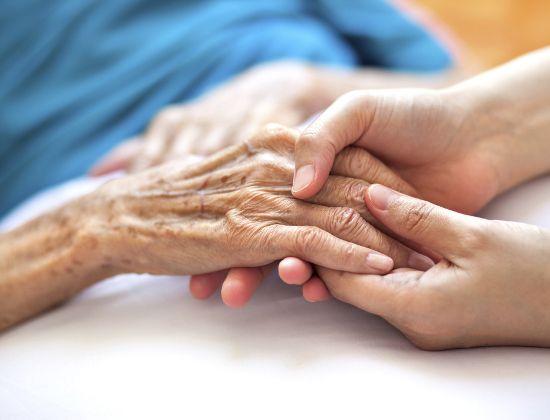Study finds lifetime risk of hand arthritis is nearly 40%
15 June 2018
The general public tend to assume that arthritis is a condition that is largely associated with the knees or hips, but other parts of the body run a high risk too.
According to a study from the Johnston County Osteoarthritis Project from North Carolina which was published in the Arthritis & Rheumatology publication, the lifetime risk of symptomatic hand osteoarthritis is nearly 40 per cent. What’s more, the risk was found to be higher in women than in men and to vary with other factors.
The investigation had two goals: to estimate a person's lifetime risk of symptomatic hand osteoarthritis, and to stratify this risk by age, sex, race, education, obesity, occupational factors, history of hand injury, and other potentially influential factors.
Obesity is an issue too
The study took in data from over 2,000 adults over the age of 45 and older who lived in a North Carolina, and was designed to monitor the occurrence and natural history of OA among residents. There were four data-collection time points, including baseline and three follow-up cycles. Radiographs were obtained during clinic visits by a standard protocol that involved bilateral posteroanterior views of the hands, while a musculoskeletal radiologist reviewed the images using standard atlases for features of radiographic OA at each of the 30 joints in both hands.
The major findings of the report made for sobering reading: 352 study participants already had symptomatic hand OA in at least one hand, with the overall lifetime risk of symptomatic hand OA being 39.8 per cent. Other results which jumped out were the lifetime risk of symptomatic hand OA being 47.2 per cent for women, compared with 24.6 per cent for men, and white people having a 12.2 per cent higher rate in developing OA compared to other racial groups.
Another interesting statistic concerned study members who were graded as obese: their lifetime risk of developing OA in the hands jumped up to 47.1 per cent, compared to 36.1 per cent in non-obese persons.
Get a grip on OA risks
Like other examples of arthritis, hand OA can manifest itself in swelling, pain, stiffness and a limited range of motion. Due to the complexity of the hand and the number of joints and cartilage it contains, the symptoms of hand OA can be even more debilitating than arthritis in other areas, as the cartilage begins to degrade and the bones in the joint area begin to rub together.
And, as with other examples of OA, prevention is better than pain management. As the report spells out, maintaining a healthy weight is crucial – as is refraining from smoking. If you work with your hands, as most of us do, taking precautions is vital:
- if you lift and carry for a living, keep your hands covered and protected and don’t overload them
- if you sit at a keyboard all day, practice good posture and think about investing in an ergonomic keyboard, or a wrist cushion.
Oh, and if you’re in the habit of cracking your knuckles, don’t panic: recent studies demonstrated that there is no link between that particular activity and an increase in arthritis.


